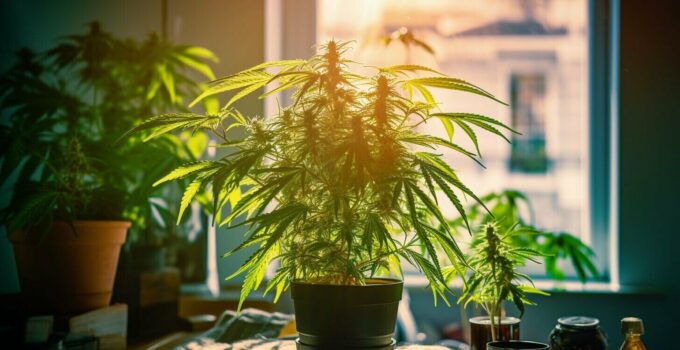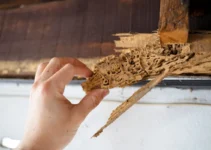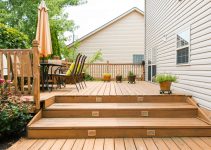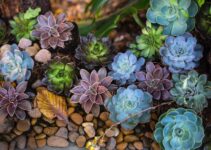According to the latest reports, 38 states, the District of Columbia, and even a few outside territories of the United States have legalized cannabis for medical use at this point. Beyond that, 24 states are now permitting recreational marijuana. Because of that increasingly widespread acceptance, more people than ever are growing their own cannabis in their homes.
Quite a few are struggling to make their gardening efforts pay off, though. If you fall into that category, understanding the secrets of marijuana seeds and the growing process can help you reap the full rewards of cultivating your own crop of cannabis.
Starting With the Right Seeds

Source: 5semen.cz
When growing cannabis indoors at home, the first thing you’ll need is a supply of healthy, high-quality seeds like those available from kindseed.com. Numerous strains are available, each one with its own traits, flavor profile, and effects. Consider the results you’re hoping for, and find a strain that’s designed to deliver those effects. With so many options at your disposal, you’re sure to find at least one that meets your expectations.
From there, you’ll need to decide whether you want regular, feminized, or auto-flowering seeds. If you’re new to growing marijuana indoors, feminized and auto-flowering seeds are recommended. Both eliminate many of the typical struggles of growing marijuana.
Feminized seeds only grow into female plants, so you won’t need to worry about pollination taking place once the plants reach maturity. If you grow a mix of male and female plants, you’ll need to separate them before the males have a chance to pollinate the females to avoid ending up with a crop of less potent, seed-riddled buds.
Autoflowering seeds can also simplify the growing process. Certain strains of marijuana are photoperiodic. That means they transition from the vegetative stage to the flowering stage based on the type of light they’re receiving and how many hours of light they’re exposed to per day.
With them, you’ll need to be more meticulous with your growing efforts. Autoflowering plants, on the other hand, make the switch according to how long they’ve been growing. They grow and mature faster, and they’re easier to take care of.
Germinating Your Seeds
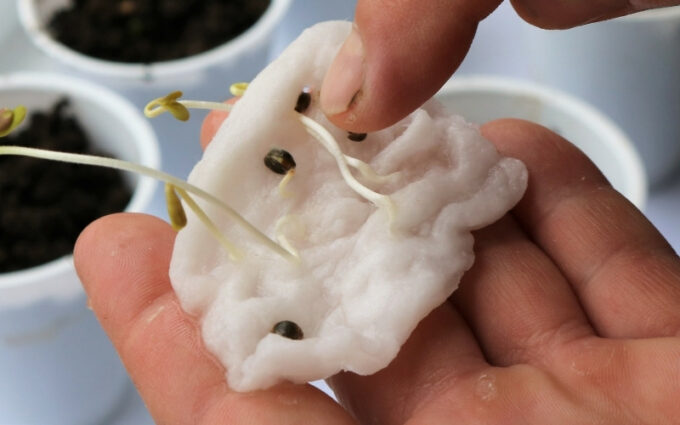
Source: 420dc.com
Germination is a topic that’s up for debate among seasoned cannabis growers. That’s the process during which marijuana seeds break open and sprout a tiny taproot. Taproots eventually grow and spread, giving rise to additional roots that’ll supply the plant with moisture and nutrients. They grow downward as the visible part of the plant begins to sprout upward.
When you plant a seed, germination should take place naturally as the seed hides safely in a growing medium with minimal amounts of moisture available to hydrate the cells within. Human intervention during the germination process is a topic that’s highly debated. Still, many growers prefer to give their seeds a head start by fostering germination themselves.
You can do this in a few ways when growing marijuana indoors. Planting your seeds about half an inch deep in soil or a hydrated peat pellet is one option. Many experts insist that peat pellets generate higher success rates. In either case, be sure to supply the seeds with only a little water. Overwatering will cause the seeds to decay rather than prompting them to sprout and grow.
Another option is to place the seeds between dampened paper towels. Again, though, they only require minimal amounts of water for germination to take place.
With this method, you’ll need to transfer the seeds from their paper towels to a growing medium once their taproots appear. Many have found that this germination strategy has a higher success rate initially, but you also run the risk of accidentally damaging the taproots when transferring the seeds to their pots and growing medium.
Giving Your Plants Light
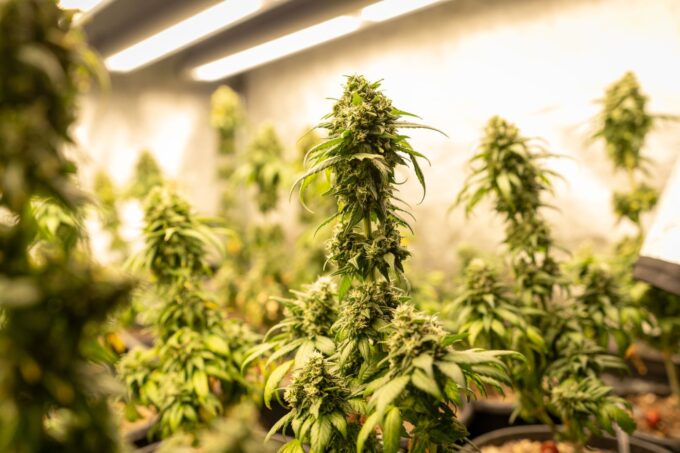
Source: growlightmeter.com
Outdoors, your marijuana plants would get the right types and amounts of light from the sun. Indoors, though, they depend on you to provide it. Grow lights will be essential here. Standard incandescent and compact fluorescent bulbs aren’t the best solutions for growing marijuana. Instead, consider using either LEDs or high-intensity discharge lamps for your plants.
High-intensity discharge grow lamps tend to use a great deal of electricity, but they’ve been used for indoor growing for quite some time. Metal-halide lamps are a type of HID light. They generate blue light, and that’s what your plants need while they’re in the vegetative stage.
Switching to red and orange light prompts them to enter the flowering stage. You can get light in that range of the color spectrum from high-pressure sodium lamps. LEDs are more energy efficient, and they burn cooler than other types of lights. You can find LEDs for vegetative and flowering stages of plant growth or those geared toward all stages.
Providing Nutrients for Your Plants
Nutrients are another factor to consider. When plants are grown outdoors, they generally glean their nutrients from the soil. It provides everything they need to grow. In contrast, indoor plants typically need a little more help in this regard. You’ll need to enrich the soil or other growing medium with nutrients.
Nitrogen, phosphorus, and potassium are the nutrients plants need in the largest amounts. Other vitamins and minerals cannabis plants need are calcium, magnesium, sulfur, zinc, copper, and chlorine to name a few. For marijuana plants specifically, nitrogen is crucial during the vegetative stage whereas potassium and phosphorus are most important during flowering.
Close Monitoring for Optimal Yields
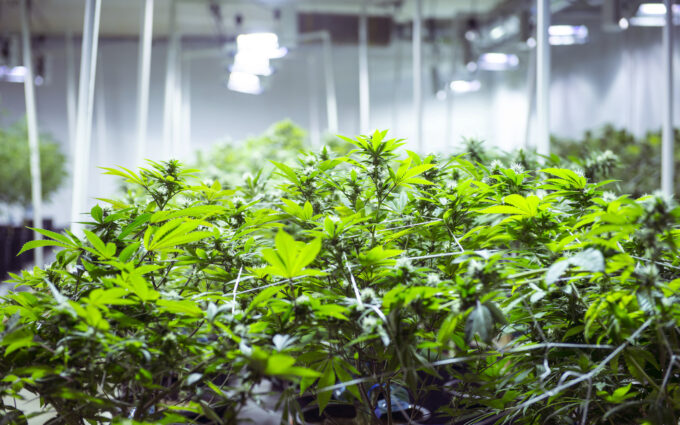
Source: leafly.com
Those are some of the basic aspects to keep in mind when growing cannabis indoors. As your plants grow, you’ll need to keep a close eye on them. They’ll need fairly small amounts of moisture as seedlings. Once they start to grow bigger, though, they’ll need progressively more water.
To determine if your plants need more water, press your finger into the soil or growing medium a couple of inches deep. If it’s dry at that depth, give the plants more water. Watch for signs of excessive heat, overwatering, and nutrient deficiencies as well. Those include dry, brown, or yellowing leaves; wilting; and slow growth.
All these measures can help get your indoor marijuana garden off to a great start. It all begins with high-quality seeds. From there, you’ll need to give the plants what they’d normally get from nature. Growing cannabis indoors requires a bit of time and effort, but in the end, you’ll certainly reap the reward of your hard work.

